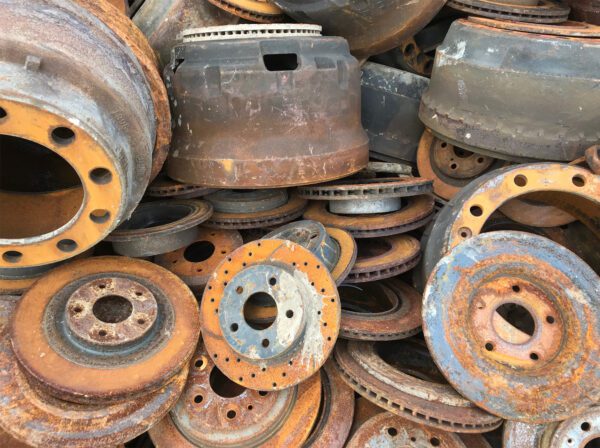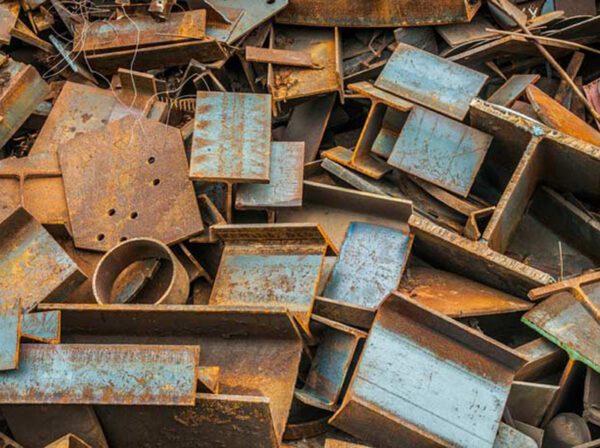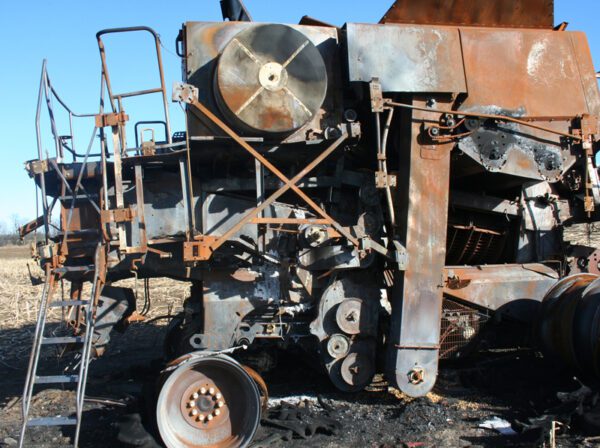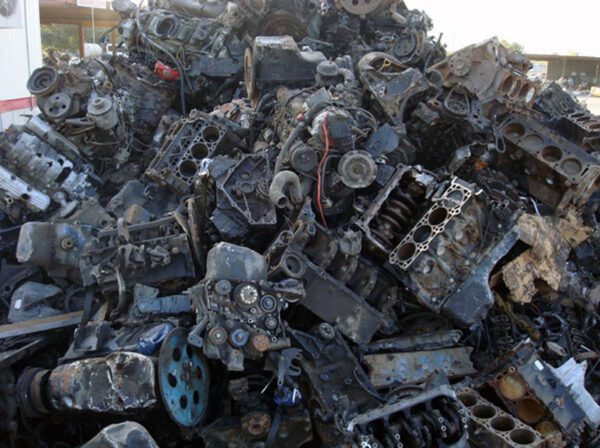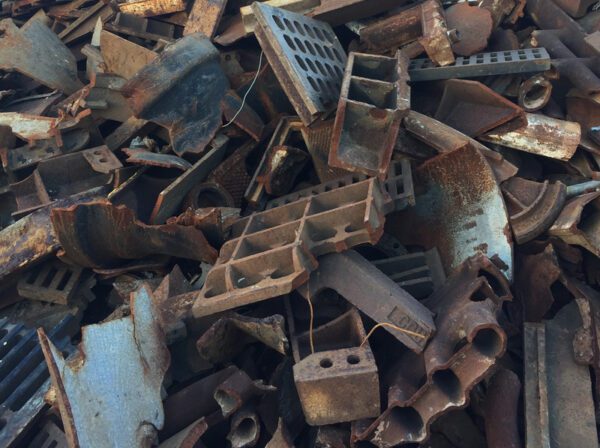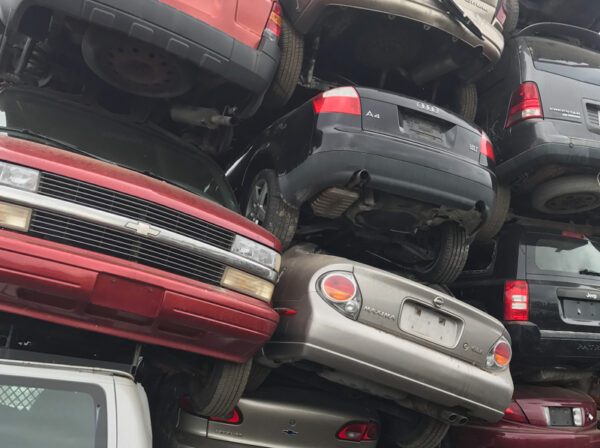
Metal Recycling
We Accept All Kinds of Ferrous Metals
Ferrous metals include mild steel, carbon steel, stainless steel, cast iron, and wrought iron. These metals are primarily used for their tensile strength and durability, especially mild steel which helps hold up the tallest skyscrapers and the longest bridges in the world. You can also find ferrous metals in housing construction, industrial containers, large-scale piping, automobiles, rails for railroad and transportation, most of tools and hardware you use around the house, and the knives you cook with at home.
If you have some material to get rid of, get a hold of Langille’s Metal Recycling directly by phone at 905-985-6800 or e-mail us at info@scrapandcores.com.
Autocast
Clean automobile cast, better known as “auto cast” is a specially processed grade of scrap, which is prepared specifically to meet steel mill or foundry…
Plate & Structural (Short)
Plate and structural scrap, often referred to as P&S in the scrap industry, is a cut grade of ferrous scrap, presumed to be free of any contaminates..
Plate & Structural (Oversized)
Same specs as Plate and Structural (Short) however this commodity is left uncut and can be in lengths of 10-20…
Bailing Clips
Bailing clips is a definition of steel tin, clean metals that are easily cubed after process with no other impurities other then clean metal. Some examples…
Oversized Steel Torching
Oversized Material is subject to visual inspection and classification based on visual analyst. Majority of oversized material is anything larger…
Cast Engine Blocks
Engine Cast is mainly gasoline or diesel engines blocks with cast engine blocks. The engines can be in pieces or kept together, however they must be drained of oils in…
Dealer Cast (Cast Iron)
Cast Iron Scrap is an alloy of iron that contains high amounts of carbon. The carbon content makes it susceptible to corrosion. As a result, Cast Iron scrap is often rusted…
HMS #1 (Short)
Heavy melting steel (HMS) or heavy melting scrap is a designation for recyclable steel and wrought iron. It is broken up into two major categories: HMS 1 and…
HMS #2
Heavy melting steel (HMS) or heavy melting scrap is a designation for recyclable steel and wrought iron. It is broken up into two major categories: HMS 1 and HMS 2…
Car Bodies
Car bodies are complete cars with full drive train. Due to the strict processing regulations that have occurred in Canada the price of this commodity has been…
Bus / School or Coach
These are primarily any bus or coach unit that has reached its end of life cycle. Coaches are determined upon an inspection once brought in as there is plenty of fiberglass…
Big Trucks
Purchasing of the large heavy duty diesel trucks is mainly completed by our www.langillestruckparts.com division. Please call and request to speak with someone…
Rebar Steel
A tied rebar beam cage. This will be embedded inside cast concrete to increase its tensile strength.
Rebar (short for reinforcing bar), collectively known…


